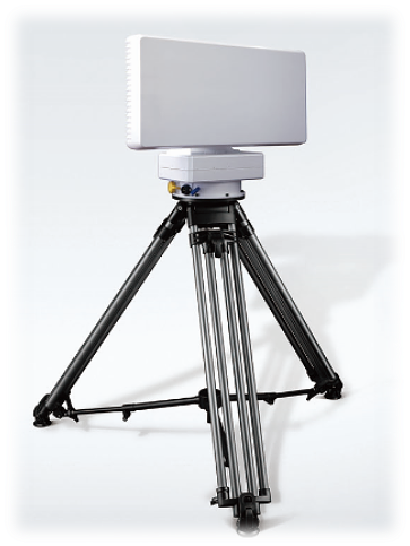Surveillance radar technology serves as a cornerstone in modern air traffic control, playing a pivotal role in enhancing the safety, efficiency, and management of airspace. Understanding the evolving capabilities of surveillance radar is crucial for comprehending its vital role within the aviation industry.

Precision Monitoring and Positioning:
Surveillance radar offers real-time and precise monitoring of aircraft positions, providing essential data on speed, altitude, and trajectory. This capability empowers air traffic controllers to make informed decisions, ensuring safe separations between aircraft and effectively managing air traffic flow. The continuous advancements in radar technology have improved the accuracy and responsiveness of position tracking systems.
Enhanced Safety Measures:
The utilization of surveillance radar enables controllers to promptly detect and respond to potential conflicts, unauthorized intrusions, or adverse weather conditions. This proactive approach to hazard detection significantly contributes to accident prevention and overall airspace security. New radar systems are incorporating advanced algorithms and machine learning techniques to identify potential threats and anomalies, further enhancing safety measures.
Efficient Airspace Management:
By leveraging surveillance radar, air traffic control systems efficiently track and manage aircraft movements. This capability allows for optimized routing, dynamic sequencing, and enhanced airspace capacity management. These advancements reduce delays, minimize congestion, and support smooth operation within designated airspace. Integration with other technologies, such as satellite-based navigation systems, further enhances the efficiency of airspace management.
Optimized Flight Planning and Operations:
Surveillance radar facilitates improved flight planning by offering insights into existing air traffic patterns, potential congestions, and available routes. This information allows for more efficient deployment of aircraft, leading to optimized flight paths, reduced fuel consumption, and minimized environmental impact. The advent of data analytics and predictive modeling enables even more precise and data-driven flight planning.

Adapting to Technological Advancements:
As radar technology continues to evolve, the integration of advanced surveillance radar systems, including multilateration and ADS-B (Automatic Dependent Surveillance-Broadcast), further enhances air traffic control capabilities. These technologies provide greater precision, coverage, and reliability, increasing situational awareness and facilitating smoother air traffic operations. Future developments may include the integration of artificial intelligence and automation to further optimize radar systems.
Surveillance radar technology plays an integral role in modern air traffic control, ensuring airspace safety, optimizing traffic flow, and enhancing operational efficiency. With advancements in precision monitoring, enhanced safety measures, efficient airspace management, and optimized flight planning capabilities, surveillance radar remains at the forefront of driving innovation and progress within the aviation industry. By embracing new technologies and continuously improving radar systems, the aviation industry can further enhance airspace safety and efficiency.
As we conclude our discussion on the crucial role of surveillance radar in air traffic control, it's important to remember that the effectiveness of your operations depends largely on the quality of your equipment. That's where we step in.
We are a leading manufacturer and exporter of surveillance radar systems, offering a range of products designed to enhance the safety and efficiency of air traffic control operations. Our portfolio extends beyond traditional radar systems to include cutting-edge technologies developed by our in-house research and development team.
Our team of experts is dedicated to providing exceptional service, from helping you select the right equipment for your specific needs to ensuring seamless delivery and installation. We understand the diverse and complex demands of air traffic control and are committed to providing solutions that meet these unique needs.

